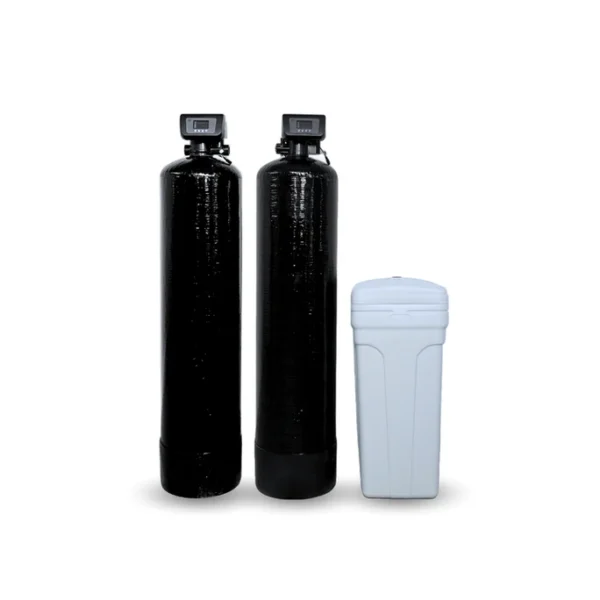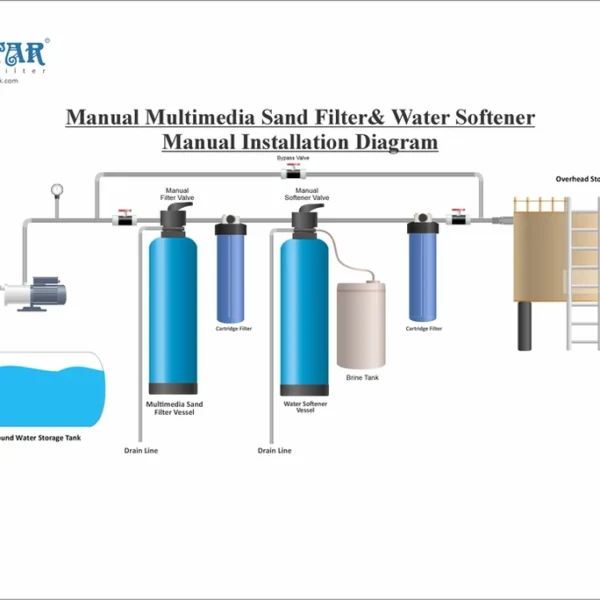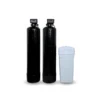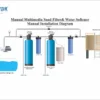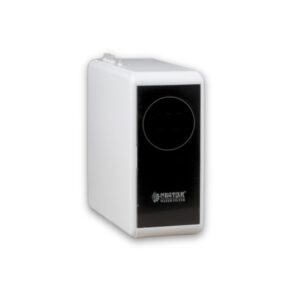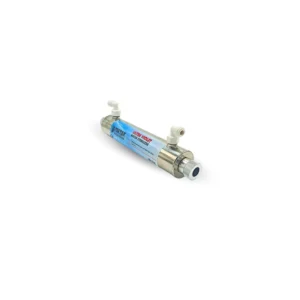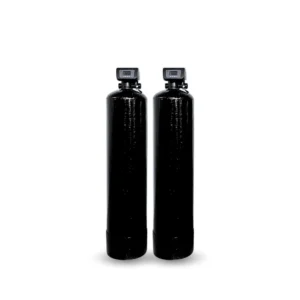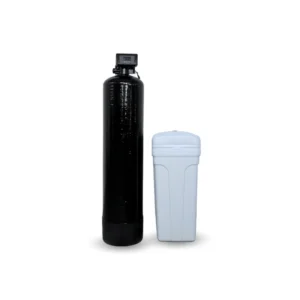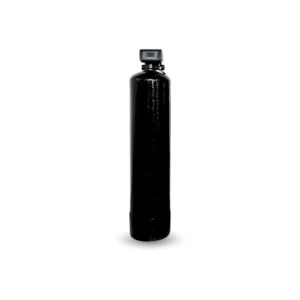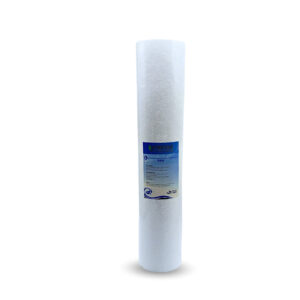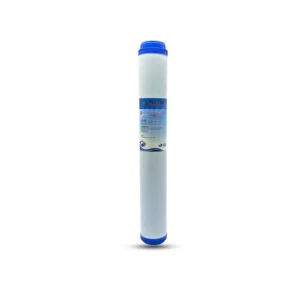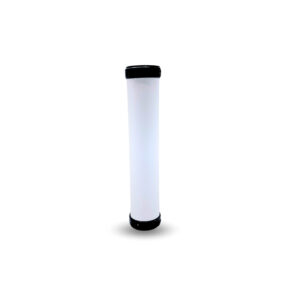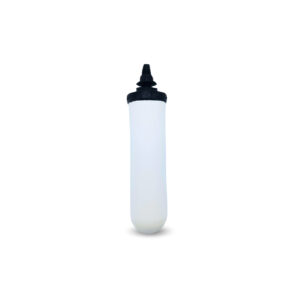Description
How It Works
1. Sand Media Filter Component
- Function: The sand media filter primarily removes physical particles such as sand, silt, dirt, rust, and other sediments from the incoming water supply.
- Process:
- Filtration: Water flows through a bed of specially graded sand media. The size and composition of the sand are chosen to trap and remove particulate matter while allowing clean water to pass through.
- Maintenance: Over time, the trapped particles accumulate, necessitating periodic backwashing to clean the filter and maintain its effectiveness.
2. Water Softener Component
- Function: The water softener targets the chemical hardness in water by removing minerals like calcium and magnesium that cause hard water.
- Process:
- Ion Exchange: Hard water passes through a resin bed charged with sodium or potassium ions. The calcium and magnesium ions in the water are exchanged for these softer ions, effectively softening the water.
- Regeneration: Once the resin is saturated with hardness ions, a regeneration cycle flushes the system with a brine solution (salt or potassium chloride), recharging the resin with sodium or potassium ions for continued softening.
3. Integrated System Operation
- Pre-Filtration: Incoming water first passes through the sand media filter, removing sediments and protecting the water softener from clogging and scaling.
- Softening: The pre-filtered water then flows into the water softener, where the ion-exchange process removes hardness minerals.
- Distribution: Softened and filtered water is distributed throughout the entire house, ensuring all faucets, appliances, and fixtures receive treated water.
Benefits of a Whole-House Water Softener with Sand Media Filter
1. Comprehensive Water Treatment
- Dual Protection: Combines the benefits of sediment filtration and water softening, addressing both physical and chemical water quality issues.
- Enhanced System Longevity: By removing sediments first, the water softener experiences less wear and tear, extending its lifespan and reducing maintenance needs.
2. Improved Water Quality
- Cleaner Water: Sand media filters eliminate visible particles, resulting in clearer water and reducing the presence of impurities.
- Softened Water: Reduction in hard minerals prevents scale buildup, enhances soap and detergent efficiency, and improves the feel of water on skin and hair.
3. Appliance and Plumbing Protection
- Scale Prevention: Softened water minimizes mineral deposits in pipes, water heaters, dishwashers, washing machines, and other appliances, enhancing their efficiency and longevity.
- Reduced Clogging: Sediment filtration prevents buildup in plumbing fixtures and appliances, reducing the risk of clogs and maintenance issues.
4. Cost Savings
- Energy Efficiency: Appliances operate more efficiently with softened water, potentially lowering energy bills.
- Maintenance Costs: Less frequent repairs and replacements of plumbing and appliances save money over time.
5. Enhanced Comfort and Convenience
- Better Cleaning Performance: Softened water allows for more effective cleaning with less soap or detergent, leading to cleaner dishes, laundry, and surfaces.
- Improved Aesthetics: Reduced water spots on fixtures and glassware, and softer skin and hair after bathing.
6. Environmental Benefits
- Reduced Chemical Use: Lower soap and detergent requirements mean fewer chemicals are introduced into the environment.
- Efficient Water Use: Enhanced cleaning efficiency can lead to less water waste during washing and rinsing.

